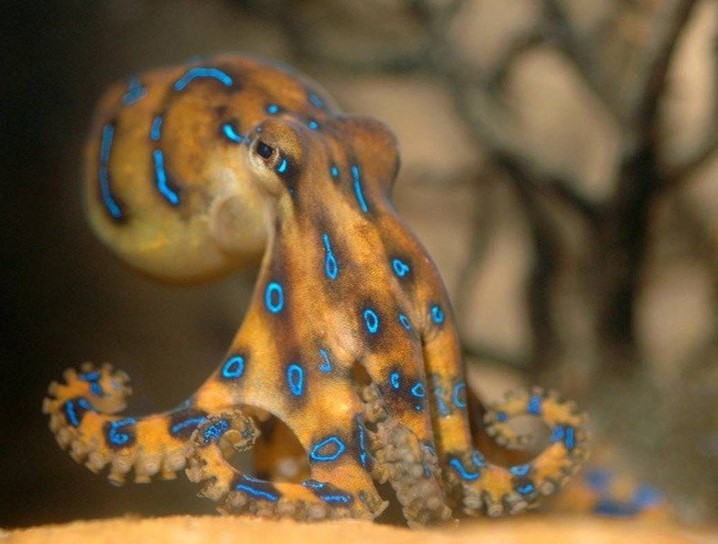Learn about marine creatures
Marine Creatures
Oceans are home to about 230,000 known species. However, because only 5% of the oceans have been explored, the total number of marine life living in these oceans could be over two million!
There is lots of amazing marine life to see when you go to beach, but some of them can hurt you, such as the blue ringed octopus and bluebottles. This information on marine creatures can help to keep you safe when exploring the beach and rock pools.
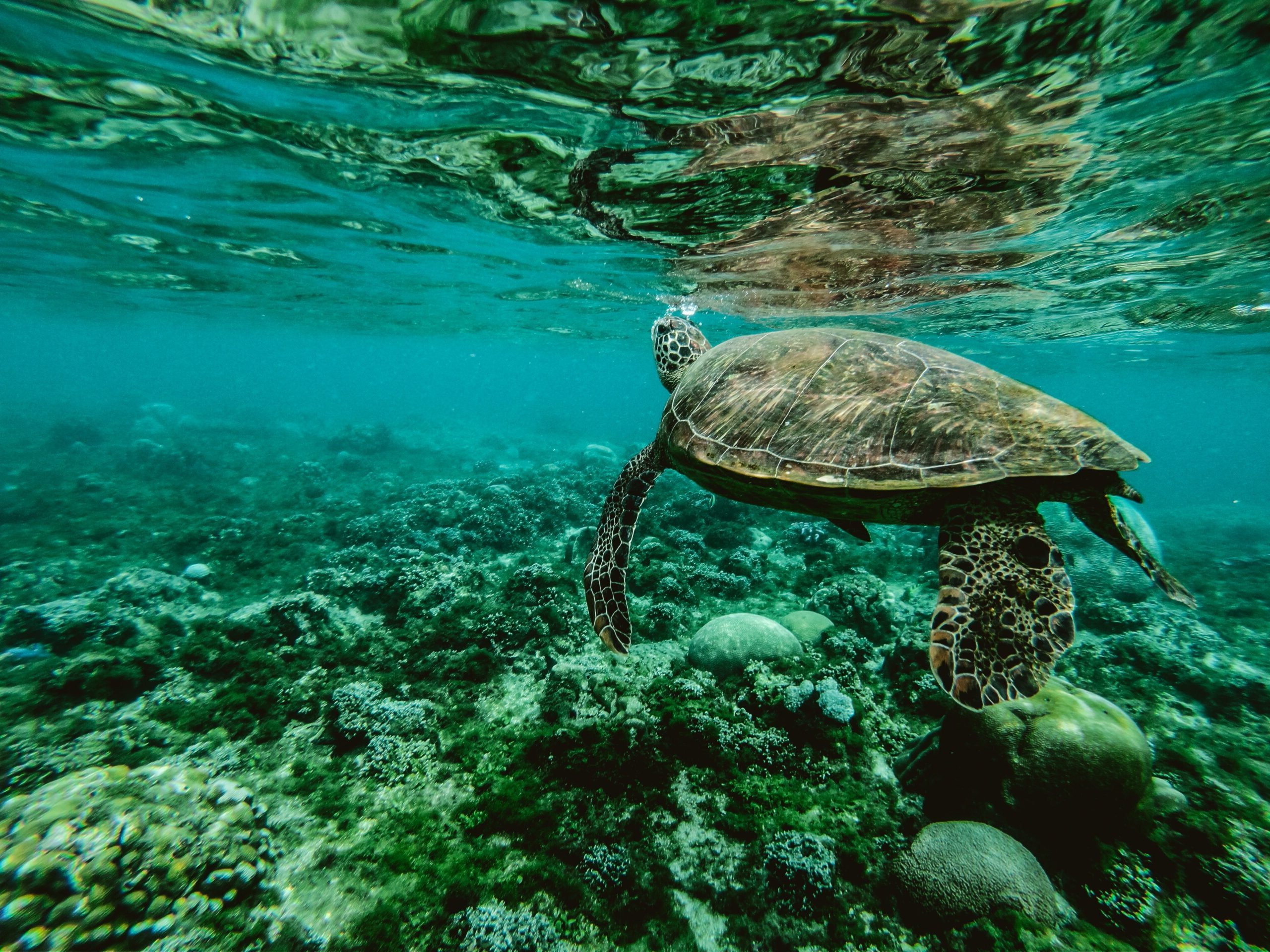
Rock pools (or tide pools) form along the coast, filling with seawater at high tide and becoming separate pools at low tide. They may look simple but are rich in biodiversity. Avoid touching the water, as some creatures can be harmful.
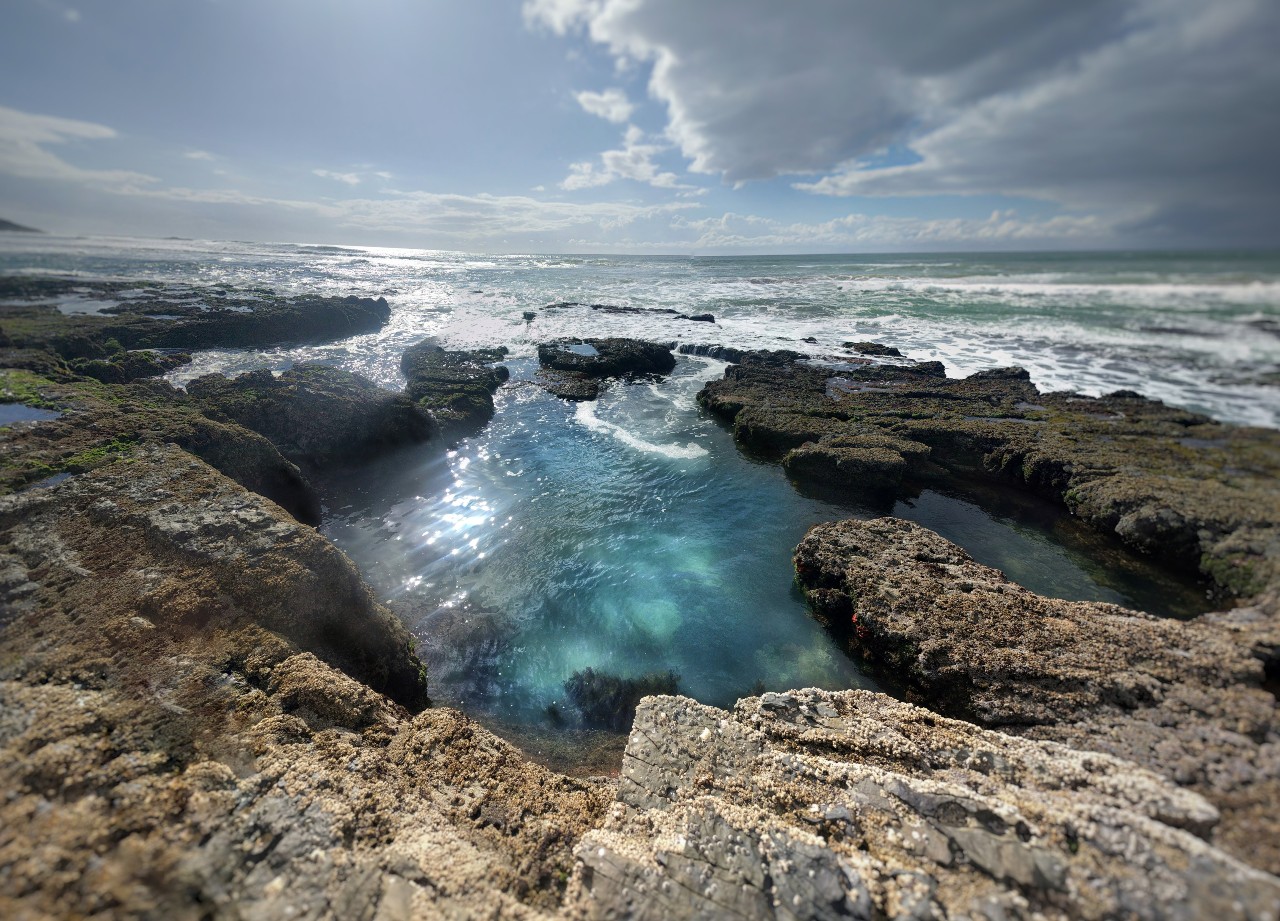
Beautiful but deadly. they camouflage well and can cause paralysis. If bitten, seek immediate medical attention.
Common jellyfish found on NSW beaches. Rinse stings with seawater, then apply hot water (or ice if unavailable).
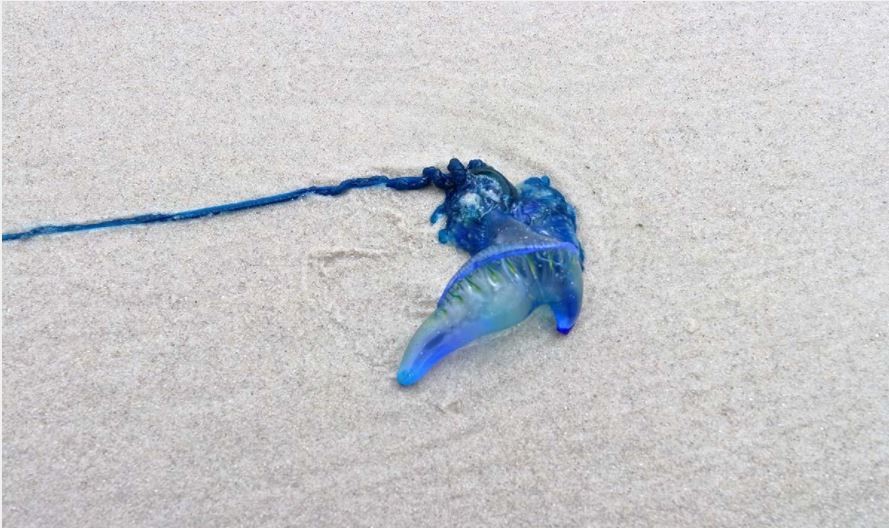
Many Australian sharks are harmless. To avoid encounters, Avoid swim at dawn or dusk, near river mouths or in murky water.
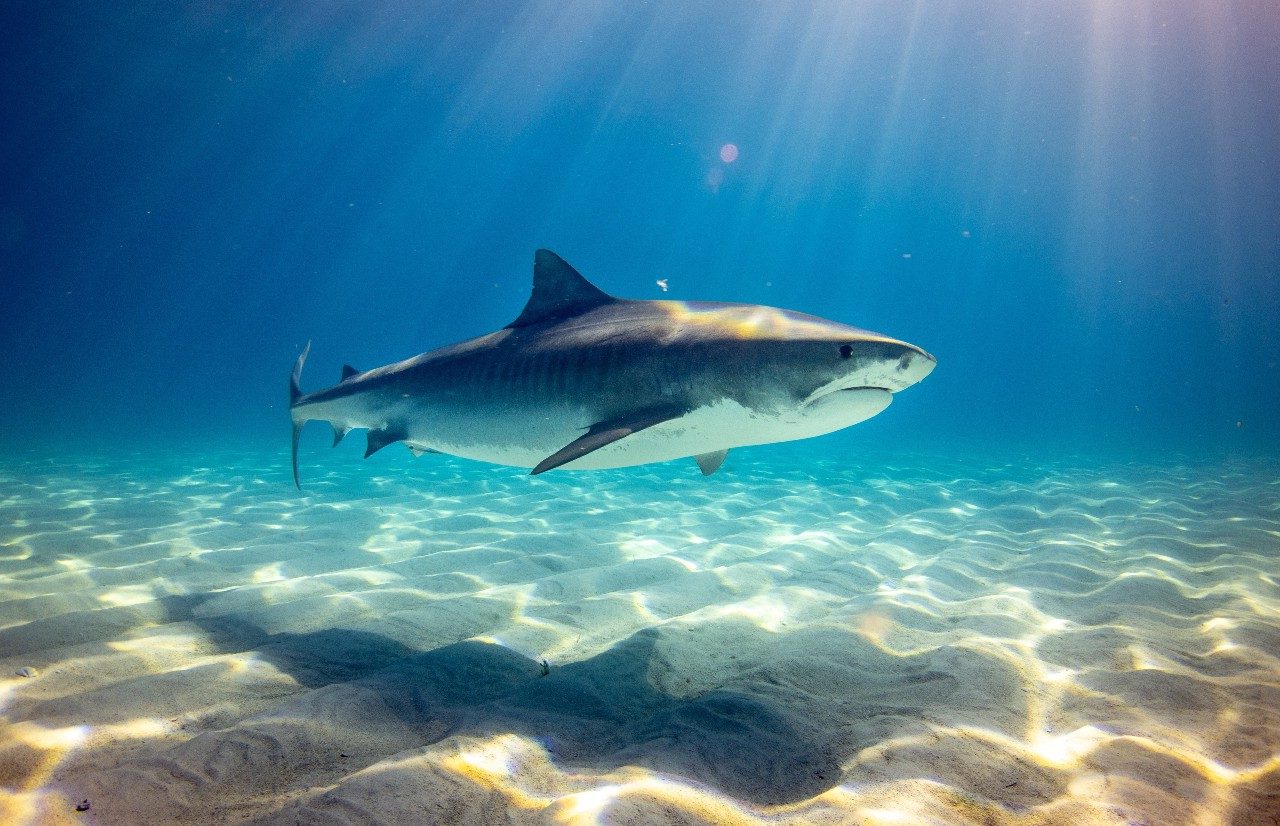

Marine Turtles
Migratory creatures that have been in oceans for over 100 million years

Seashells
Former homes of molluscs; learn how they are formed

